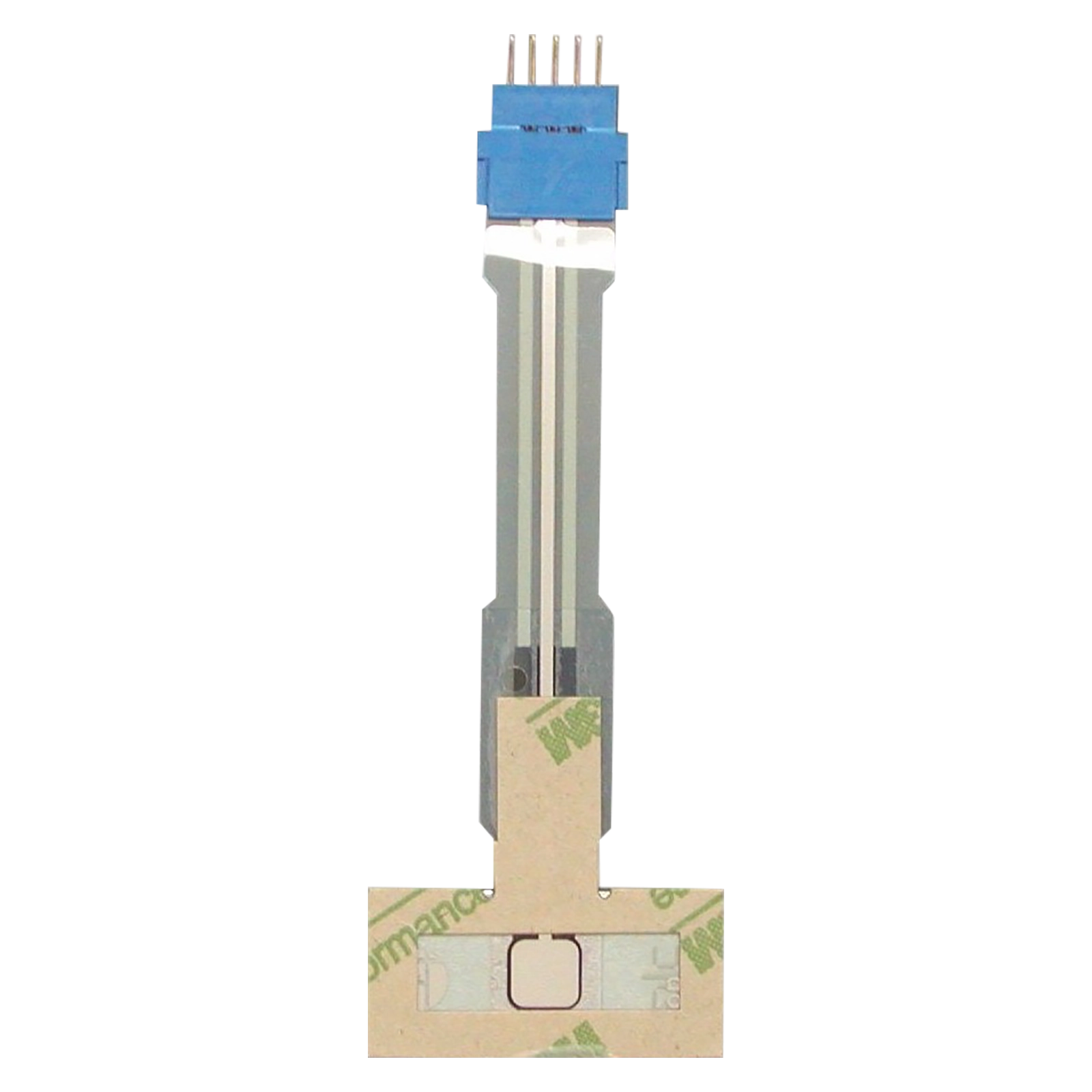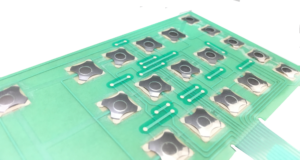The Influence of Membrane Switches on the Development of Wearable Devices
Why Membrane Switches Over Are Necessary for Durable Control Systems
Membrane layer switches play a critical function in guaranteeing the longevity and integrity of control systems across different markets. As we check out the complex benefits of membrane layer buttons, it becomes apparent that their relevance goes beyond plain performance, influencing individual experience and operational efficiency.
Introduction of Membrane Layer Switches
Membrane buttons are versatile and dependable parts frequently utilized in numerous digital control systems. These buttons include a number of layers, including a graphic overlay, a spacer layer, and a published circuit layer. The visuals overlay provides both functional and visual layout, while the spacer layer ensures that the buttons are turned on just when pushed. The published circuit layer has conductive traces that complete an electric circuit when the membrane layer is pushed, enabling the tool to respond to individual inputs.
Membrane switches are typically preferred in applications needing a small and lightweight layout, making them excellent for handheld devices, clinical tools, and industrial machinery. They can be customized to meet particular customer requirements and can include various features such as backlighting, responsive comments, and multiple shades. Additionally, membrane switches are immune to dust, dampness, and contaminants, making them ideal for atmospheres where durability is vital.
Benefits of Durability
In numerous applications, the durability of membrane switches deals considerable benefits that boost their overall efficiency and integrity. These switches are made to withstand rough environments, making them perfect for usage popular conditions such as high moisture, severe temperature levels, and direct exposure to chemicals. Their durable building assists to stop damage from physical effect, making sure resilient capability and minimizing the demand for constant replacements.
Furthermore, membrane layer switches are resistant to damage, which is crucial in applications where constant communication happens. This sturdiness converts to reduce maintenance costs, as companies gain from decreased downtime and less service disruptions. The encapsulated design of membrane changes protects internal components from dust and wetness ingress, more adding to their life-span (membrane switch).
Another advantage is their capacity to preserve regular efficiency gradually. With a high tolerance for mechanical tension, these buttons protect their tactile feedback and electrical stability, ensuring user contentment. Eventually, the durability of membrane switches over not just improves operational performance yet also cultivates confidence in their integrity, making them a recommended selection for control systems across numerous sectors.
Applications in Numerous Industries
Durable control systems using membrane layer buttons locate considerable applications throughout a variety of markets, each gaining from the one-of-a-kind qualities these switches offer. In the medical sector, membrane switches are important for tools such as client monitors and diagnostic devices, where dependability and ease of cleansing are extremely important. Their resistance to dampness and impurities ensures they keep performance in sterile settings.
The automobile sector leverages membrane layer switches for control panel controls and infotainment systems, where they give sleek, low-profile interfaces that boost user experience. These switches are also made to hold up against rough problems, consisting of exposure to severe temperatures and vibrations.
In industrial setups, membrane layer switches are generally made use of in machinery control panels, using tactile responses and longevity necessary for high-usage applications. Their capability to stand up to chemicals makes them suitable for manufacturing environments where spills and impurities are constant.

Consumer electronics, such as kitchen devices and remote controls, additionally make use of membrane layer buttons for their versatility and cost-effectiveness. On the whole, the versatility and robust nature of membrane layer switches over make them important throughout different industries, ensuring reliable procedure and durability in control systems.
Layout and Visual Appeal
While capability is paramount, the style and aesthetic appeal of control systems geared up with membrane layer buttons play a vital function in customer involvement and overall experience (membrane switch). The find aesthetic style of these buttons can substantially influence individual assumption and communication. A well-designed membrane layer switch enhances the attractiveness of the gadget, making it much more appealing to users and promoting a link between the user and the item
Membrane changes provide a large amount of adaptability in style, permitting manufacturers to customize graphics, colors, and appearances to align with brand identity and item appearances. The usage of dynamic shades and distinct patterns can draw attention, while responsive comments can enhance the user's communication with the device. Additionally, the capacity to integrate LED signs and backlighting right into the membrane switch layout provides both functional and aesthetic advantages, improving visibility and functionality in numerous settings.

Enhancing Customer Experience

Moreover, membrane layer buttons can be customized to include graphical interfaces, improving usability by presenting information in a clear and instinctive manner (membrane switch). This personalization can include icons, tags, and color coding that overview users with complicated capabilities effortlessly. In addition, their flexibility allows for combination in various environments, guaranteeing regular efficiency whether in industrial equipment or consumer electronics
The longevity of membrane layer buttons additionally plays an important function in user experience. By standing up to harsh conditions and extended use, these buttons lower the possibility of system failures, hence promoting reliability and individual self-confidence. Eventually, the tactical usage of membrane changes not just elevates performance however also considerably enhances customer interaction with control systems, making them an essential component in modern design.
Final Thought
